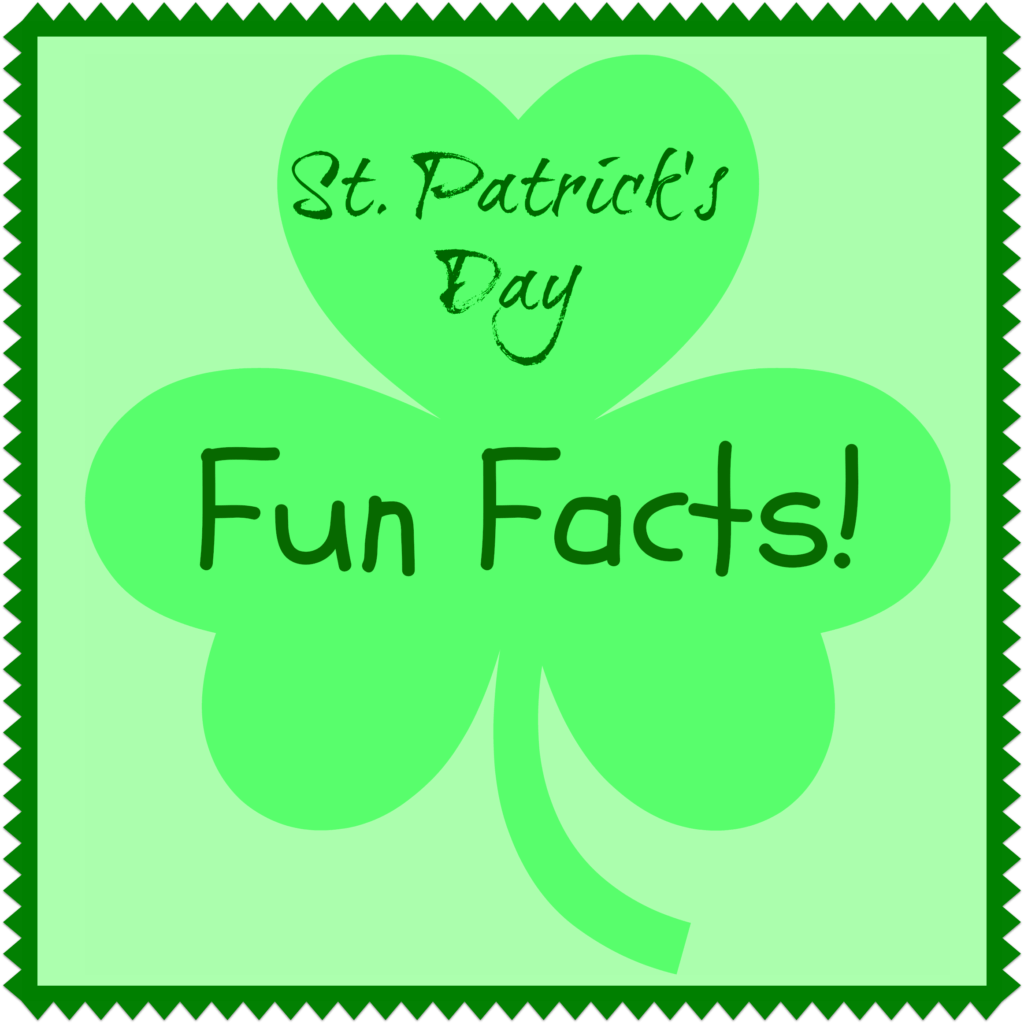St. Patrick’s Day is a widely celebrated, but little-understood, holiday here in America. You may wear green to keep from getting pinched, or even celebrate with a plate full of corned beef and cabbage, but how much do you really know about St. Patrick’s Day? In writing this post, I realized that my St. Patrick’s Day knowledge was seriously lacking! This March 17th, impress your friends with these facts about everybody’s favorite Irish holiday!
Who Was Saint Patrick?
Saint Patrick is the most commonly recognized patron saint of Ireland. Patrick was born in the fourth century into a Romano-British family. At the age of sixteen, he was captured by Irish raiders and taken captive to Ireland, where he lived as a slave for six years before escaping and returning to his family. After becoming a priest, Patrick returned to Ireland, where he served as an evangelist for thirty years until his death on March 17, 461.

How did Saint Patrick get his own holiday?
St. Patrick’s Day was made an official Christian feast day in the seventeenth century. The Feast of Saint Patrick, which commemorates the arrival of Christianity in Ireland, is still celebrated by the Catholic Church, the Church of Ireland, and the Eastern Orthodox Church. In 1903, St. Patrick’s Day became an official public holiday in Ireland, and it has evolved into a general celebration of Irish culture and history.
How has St. Patrick’s Day been celebrated over the years?
- Originally, the color associated with Saint Patrick was blue. In the nineteenth century, the holiday began to be associated with the color green, due to Ireland’s nickname as “The Emerald Isle.”
- In Ireland, people began wearing small bunches of shamrocks on St. Patrick’s Day as early as the seventeenth century. It is said that Saint Patrick used the three-leaf shamrock to explain the Holy Trinity to the pagan Irish.
- The first St. Patrick’s Day parade was held in Boston in 1737.
- Because St. Patrick’s Day falls during Lent, Ireland (which is heavily Catholic) once had a law that forced all pubs to close on March 17th. This law was repealed in 1961.

Fun Facts About the Irish
- According to the 2003 US Census, 34 million Americans have Irish ancestry. That’s almost nine times the total population of Ireland!
- The name “leprechaun” is derived from the Irish word for shoe; in Irish folklore, leprechauns were traditionally depicted as shoemakers.
- The Irish flag is green, orange, and white. The green color represents the native people of Ireland (who were mostly Catholic); the orange represents the predominately Protestant supporters of William of Orange, who settled in Northern Ireland; and the white represents peace between the two people.
- Although the presence of corned beef in Irish cuisine dates back to the twelfth century, it is not considered an Irish national dish. Corned beef and cabbage is the Irish-American variant of the traditional Irish dish of bacon and cabbage.
Will you be joining in any festivities this St. Paddy’s Day? At the very least, I hope you don some Irish green – unless you opt to go with the more traditional blue (although you may have to explain your choice to avoid being pinched!).

[…] favorite holiday? Well, to be honest, it isn’t mine either, but it IS a pretty cool holiday with an intriguing history. And though March 17 may be low on the holiday totem pole, I love an excuse for some themed […]